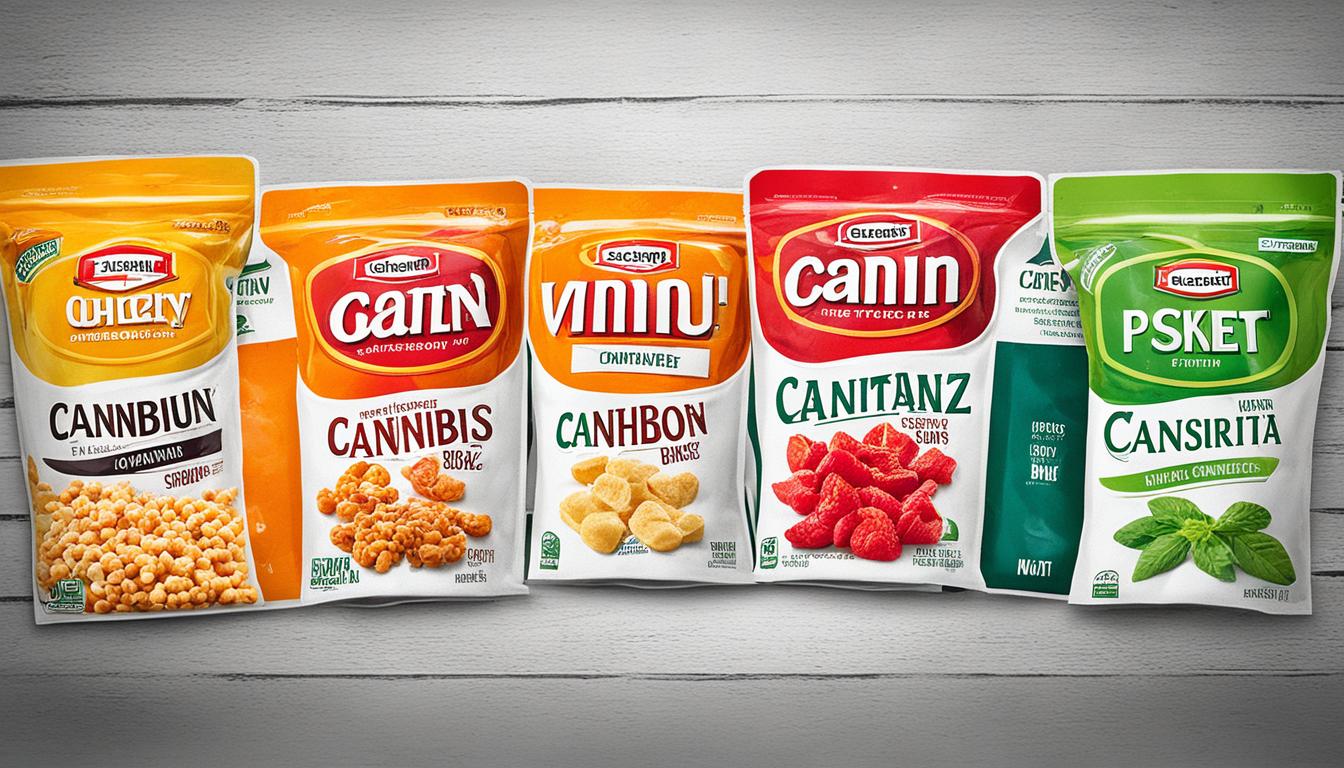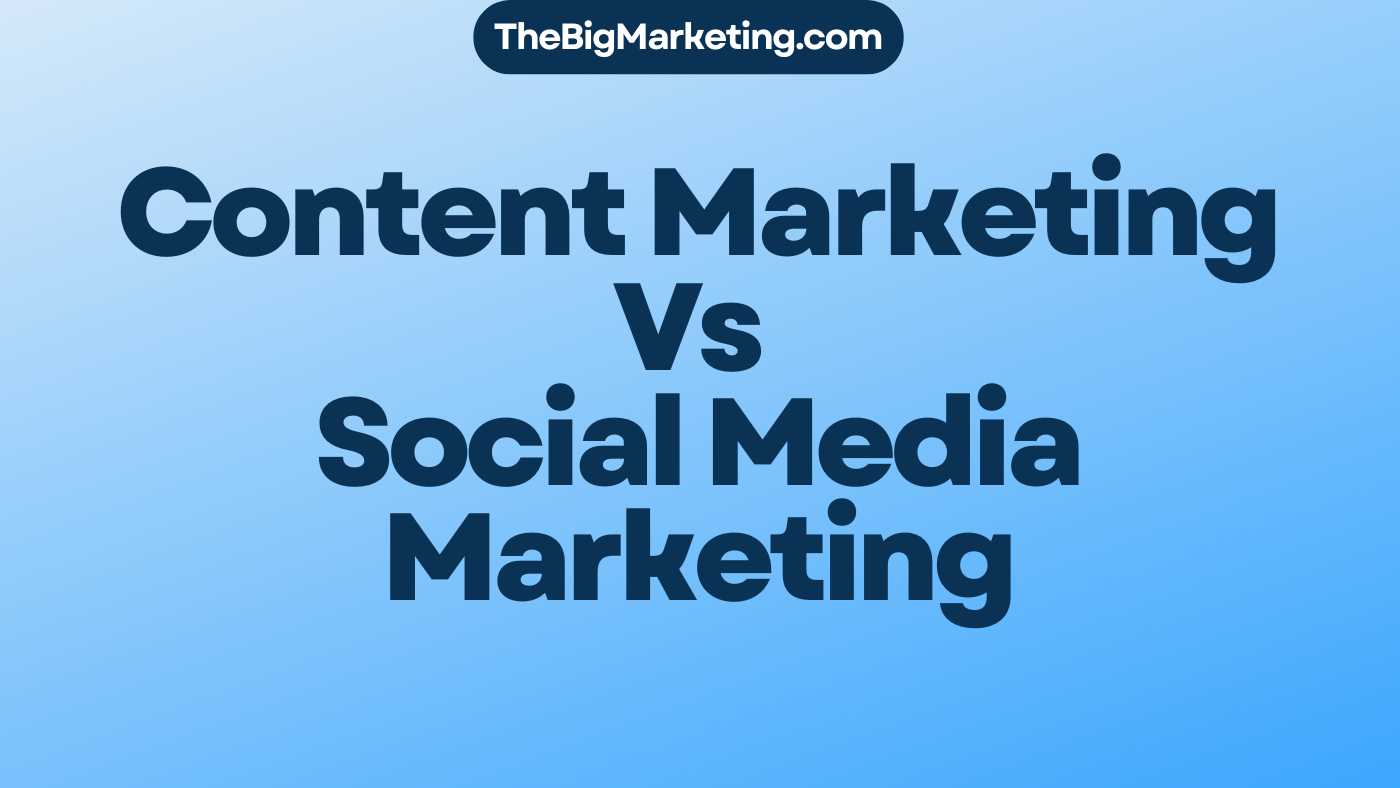MRF, the largest manufacturer of tires in India, has implemented a successful marketing strategy to establish itself as a global player in the industry. This case study delves into the development and implementation of MRF’s marketing strategy, including various tactics such as market research analysis, brand positioning, and digital marketing strategies. The strategy focuses on optimizing marketing campaigns and understanding consumer behavior to achieve business goals and objectives.
Key Takeaways:
- MRF has implemented a successful marketing strategy to establish itself as a global player in the tire industry.
- The strategy includes market research analysis, brand positioning, and digital marketing strategies.
- Understanding consumer behavior is crucial for optimizing marketing campaigns.
- MRF’s marketing strategy focuses on achieving business goals and objectives through effective tactics.
- The case study provides valuable insights into marketing tactics and campaign optimization.
Introduction to MRF
MRF is an Indian multinational tire manufacturing company and the largest manufacturer of rubber products in India. Headquartered in Chennai, Tamil Nadu, MRF has established itself as a prominent player in the industry. The company’s wide range of products includes tires, treads, tubes, conveyor belts, paints, and toys, catering to various consumer needs.
One of MRF’s notable initiatives is the MRF Pace Foundation, an institute dedicated to driver development and nurturing talent in the field of motorsports. Through this foundation, MRF strives to provide aspiring drivers with the necessary training and resources to excel in their careers.
| Company Name | Location |
|---|---|
| MRF | Chennai, Tamil Nadu |
Origins of MRF
MRF, originally an acronym for Madras Rubber Factory, traces its roots back to 1946 when it was established as a toy balloon manufacturing unit by K. M. Mammen Mappillai in T iruvottiyur, Madras (now Chennai). What started as a small venture soon evolved into something much larger.
In 1960, MRF expanded its horizons and entered the tires manufacturing industry through a partnership with Mansfield Tire & Rubber Company, based in Ohio, United States. This collaboration marked a significant turning point for MRF.
With enhanced expertise and resources, MRF seized the opportunity to excel in the tires market, becoming the first Indian company to export tires to the United States. This breakthrough solidified MRF’s position as an industry leader and set the stage for its unprecedented growth and success in the export market.
During this transformative era, MRF introduced its iconic muscleman logo, which remains a symbol of strength, durability, and reliability associated with the brand to this day.
Key Milestones in MRF’s History
| Year | Event |
|---|---|
| 1946 | Establishment of a toy balloon manufacturing unit in T iruvottiyur, Madras |
| 1960 | Partnership with Mansfield Tire & Rubber Company |
| – | MRF becomes the first Indian company to export tires to the USA |
| – | Introduction of the iconic muscleman logo |
This period of growth and innovation laid the foundation for MRF’s future accomplishments and its emergence as a global leader in the tires industry.
Vision and Mission of MRF
MRF envisions becoming one of the pre-eminent global players in the field of polymers and shaping India into a global superpower in terms of technology and life. With a steadfast commitment to excellence, MRF aims to achieve zero defects, zero breakdowns, zero accidents, zero pollution, and zero losses through the implementation of their new performance standards.
Zeroing In on Excellence
MRF’s unwavering pursuit of excellence is evident in their ambitious vision and mission. By aspiring to be a pre-eminent global player, the company emphasizes its dedication to establishing a prominent presence in the global marketplace. With a focus on technology and life, MRF recognizes the significance of staying at the forefront of industry advancements to meet the evolving needs and expectations of consumers worldwide. By setting zero defect, zero breakdown, zero accident, zero pollution, and zero loss goals, MRF is committed to achieving excellence across all aspects of their operations and services.
At MRF, a zero defect philosophy ensures that all products and services meet the highest quality standards, exceeding customer expectations and fostering long-term loyalty. By implementing robust quality control measures and continuous improvement processes, MRF strives for perfection in every aspect of their offerings.
The company’s commitment to zero breakdowns reflects their dedication to reliability and dependability. MRF aims to minimize equipment failures and disruptions, ensuring seamless operations and uninterrupted service delivery to their customers.
MRF prioritizes safety and well-being through their zero accidents initiative. By fostering a culture of safety at every level of the organization, MRF aims to provide a secure working environment for their employees and promote responsible practices within the broader community.
Environmental responsibility is another key pillar of MRF’s vision and mission. Through their zero pollution commitment, MRF seeks to minimize their ecological footprint and contribute to a sustainable future. The company proactively implements eco-friendly practices and invests in green technologies to reduce pollution and conserve natural resources.
MRF’s commitment to zero losses underscores their determination to optimize efficiency and productivity across their operations. By identifying and mitigating potential sources of waste, MRF aims to enhance profitability, streamline processes, and maximize value for their stakeholders.
By incorporating these ambitious goals into their vision and mission, MRF exemplifies their dedication to excellence, sustainability, and customer satisfaction. The company’s steadfast commitment to zero defects, zero breakdowns, zero accidents, zero pollution, and zero losses propels them forward as an industry leader.
| Zero Goals | Description |
|---|---|
| Zero Defects | Ensure all products and services meet the highest quality standards |
| Zero Breakdowns | Minimize equipment failures and disruptions |
| Zero Accidents | Prioritize safety and well-being through a secure working environment |
| Zero Pollution | Reduce ecological footprint and implement eco-friendly practices |
| Zero Losses | Optimize efficiency and productivity to minimize waste |
Marketing Strategy and Marketing Mix of MRF
MRF’s marketing strategy plays a crucial role in its success as a global player in the tire industry. The company utilizes the marketing mix framework, which encompasses the 4Ps: Product, Price, Place, and Promotion. By carefully integrating these elements into its strategy, MRF effectively positions its brand in the market and achieves its business goals and objectives.
Product Innovation
One of the key aspects of MRF’s marketing strategy is product innovation. The company consistently strives to develop and introduce advanced tire technologies and designs that meet the evolving needs of consumers. By focusing on innovation, MRF ensures that its products remain competitive and aligned with market trends.
Pricing Approach
MRF adopts a strategic pricing approach to maintain a competitive edge in the market. This involves careful analysis of market dynamics, competitor pricing, and consumer demand to determine optimal pricing strategies. By offering competitive prices, MRF attracts customers and sustains its market position.
Promotion Planning
Promotion planning is an integral part of MRF’s marketing strategy. The company employs various promotional tactics to create awareness and generate demand for its products. MRF engages in advertising campaigns through multiple channels, including television, print media, online platforms, and billboards. This multi-channel approach ensures maximum reach and visibility.
Brand Positioning
MRF places a strong emphasis on brand positioning in its marketing strategy. The company focuses on cultivating a positive brand image by delivering high-quality products and exceptional customer service. Through consistent brand messaging and effective communication, MRF establishes itself as a trusted and preferred brand among consumers.
Competitive Analysis
MRF conducts thorough competitive analysis to understand market trends, consumer preferences, and competitor strategies. By gaining insights into the competitive landscape, MRF is able to identify gaps and opportunities in the market. This analysis allows the company to refine its marketing strategy and enhance its competitive advantage.
| Marketing Mix Elements | Description |
|---|---|
| Product | MRF emphasizes innovation to offer advanced tire technologies and designs that meet consumer needs. |
| Price | The company adopts a strategic pricing approach by considering market dynamics, competitor pricing, and consumer demand. |
| Place | MRF ensures its products are readily available to customers through an extensive network of manufacturing plants and distribution channels. |
| Promotion | The company implements a comprehensive promotion plan that utilizes various advertising and marketing channels. |
MRF Product Strategy
MRF, a leading tire manufacturer, has established a robust product strategy that has propelled the company to great heights in the industry. With a rich history dating back to its inception, MRF has continuously evolved its product offerings to meet the changing needs of consumers.
An important milestone in MRF’s product strategy was becoming the first company to export tires to the USA, solidifying its position as a global player. This accomplishment showcased MRF’s commitment to quality and innovation, paving the way for further success in the international market.
Another notable contribution of MRF’s product strategy is the manufacturing of tires for iconic vehicles such as the Maruti 800. MRF’s tires have become synonymous with these beloved vehicles, providing superior performance and reliability on the road.
Recognizing the diverse needs of customers, MRF has also diversified its product portfolio with the introduction of specialized tires. This includes three-wheeler tires, catering to the unique requirements of this segment, and Go-kart and rally tires, designed for high-performance racing applications.
However, MRF’s product range extends beyond tires. The company also manufactures a wide array of products, including sports equipment, conveyor belts, paints, and coats. This diverse portfolio showcases MRF’s commitment to serving various industries and meeting the evolving needs of customers.
In summary, MRF’s product strategy is built on a strong foundation of innovation, quality, and customer-centricity. Their ability to pioneer tire exports, manufacture tires for iconic vehicles, and introduce specialized products has cemented MRF’s reputation as a leader in the industry.
MRF Price and Distribution Strategy
MRF adopts a competitive pricing strategy as part of its comprehensive marketing mix. When it comes to pricing, MRF analyzes the market and sets its prices strategically to stay competitive in the industry. This approach allows the company to attract customers while still maintaining profitability. Key competitors in the market include Bridgestone, JK Tyres, Apollo Tyres, CEAT, and others. MRF keeps a close eye on its competitors’ pricing strategies to ensure that it remains competitive and relevant in the market.
With seven manufacturing plants primarily located in South India, MRF has established a strong production base to meet domestic and international demands. These manufacturing plants work diligently to maintain high-quality standards and ensure the timely production of MRF’s diverse range of products.
When it comes to distribution, MRF has a robust network that spans various channels. The company distributes its products to factories, agents, regional centers, and dealers. By having an extensive distribution network, MRF can effectively reach customers across the country. Furthermore, MRF has expanded its reach beyond Indian borders and currently exports its products to 65 countries, reinforcing its global presence.
To provide a visual representation of MRF’s price and distribution strategy, refer to the table below:
| Price and Distribution Strategy Overview | Details |
|---|---|
| Competitive Pricing | MRF analyzes the market and sets prices strategically to stay competitive. |
| Manufacturing Plants | MRF operates seven manufacturing plants, primarily located in South India. |
| Distribution Network | MRF distributes its products to factories, agents, regional centers, and dealers. |
| Global Presence | MRF exports its products to 65 countries, establishing itself as a global player. |
MRF Promotion and Advertising Strategy
MRF is well-known for its aggressive promotional strategy, aimed at maximizing brand visibility and reaching a wide audience. As part of their strategy, MRF sponsors cricket bats for legendary players, thereby associating their brand with the sport’s elite. This cricket bat sponsorship serves as an effective way to increase brand recognition and loyalty among cricket enthusiasts.
Furthermore, MRF operates the MRF Pace Foundation, a renowned training center for pacers. By supporting the development of fast bowlers through this initiative, MRF strengthens its association with the sport and positions itself as a trusted partner in nurturing cricketing talent.
In addition to cricket-related promotions, MRF is actively involved in the racing world. The company organizes the MRF Motor Challenge, a prestigious racing competition that attracts professional drivers and motorsport enthusiasts. This event allows MRF to showcase the performance and reliability of their tires in a highly competitive and demanding environment.
To maximize the reach and impact of their promotional efforts, MRF utilizes various media channels. Their advertising and marketing campaigns span across television, print media, online platforms, and billboards. This multi-channel approach ensures that MRF’s brand message is conveyed effectively to diverse target audiences.
Through their aggressive promotional strategy, MRF establishes a strong presence in the market and maintains top-of-mind awareness among consumers. By leveraging partnerships with cricket legends, operating the MRF Pace Foundation, organizing racing events, and utilizing a mix of advertising mediums, MRF continues to reinforce its position as a leading brand in the tire industry.
Conclusion
In conclusion, MRF’s marketing strategy has successfully positioned the brand as a global player in the tire industry. Through innovative product offerings, competitive pricing, strategic distribution channels, and aggressive promotion, MRF has achieved its business goals and objectives. This case study on MRF’s marketing strategy provides valuable insights into effective tactics and reinforces the importance of understanding consumer behavior for campaign success.
By prioritizing product innovation, MRF has stayed ahead of the competition and met the evolving needs of its customers. The company’s commitment to delivering high-quality tires and other rubber products has solidified its reputation as a trusted brand in the market.
Furthermore, MRF’s strategic pricing and distribution decisions have allowed the brand to expand its market presence both domestically and internationally. With a network of manufacturing plants and an extensive export reach, MRF has successfully tapped into new markets and established a strong global footprint.
Lastly, MRF’s aggressive promotional initiatives, including sponsorships and brand partnerships, have effectively increased its brand visibility and enhanced customer engagement. By leveraging various media channels and targeted advertising campaigns, MRF has effectively communicated its brand message to a wide audience.







